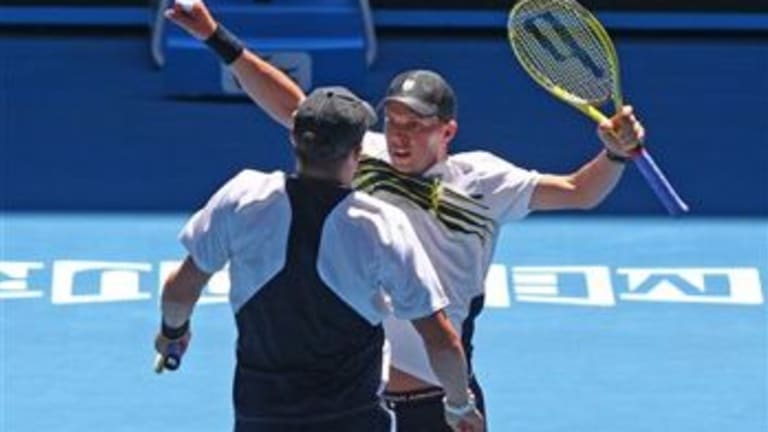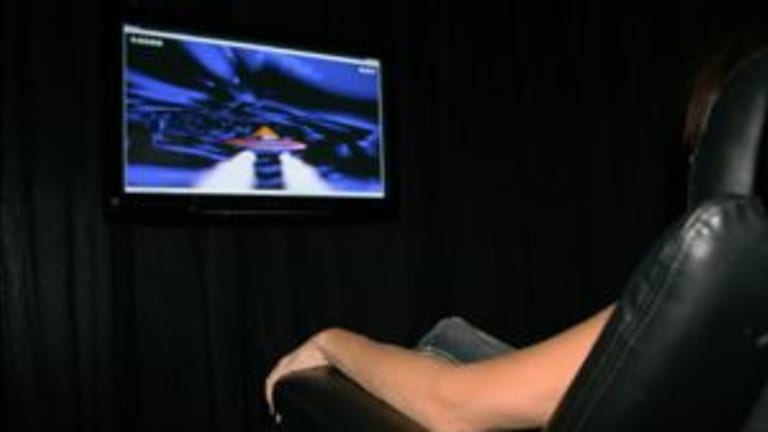MELBOURNE—“Tennis players are always talking about the zone, getting into the zone,” Mike Bryan told me last week at the Australian Open. “I feel like I’m starting to know what it feels like.”
Tomorrow night, Mike, with his twin brother Bob, will try to break Mark Woodforde and Todd Woodbridge’s men’s record 11 Grand Slam titles. The Bryans are 33 and still going strong. They’re coming off what Mike calls “their best summer ever"; in 2011 they won the Wimbledon and Australian Open titles, recorded their 700th career win together, and finished the season No. 1.
Playing championship tennis into your 30s, and beyond, is not uncommon in doubles. In fact, you might say the Bros are about to enter their primes. The player ranked just below them, at No. 3 in the world, is Daniel Nestor. He'll be 40 in September.
Still, Mike says he’s in a good mental space these days. He credits some of that to brain-training sessions that he’s been undergoing at the offices of a company called Neurotopia in California. Neurotopia, according to one of its founders, James Seay, was begun, “as a medical group providing therapy for chronic symptoms associated with conditions like migraines, concussions, ADHD and ADD.”
Patients’ brain waves were mapped, to see where there were irregularities. Did he or she have trouble focusing, or recovering from stress, or processing information quickly? Treatments were developed to help re-balance brain waves—essentially, to train it like any other muscle.
The following year, Neurotopia began working with athletes in extreme sports, who needed their focus and reaction time to remain sharp over a long period of time. From there, the company has begun to help athletes from virtually all mainstream professional sports, from Nascar to major league baseball to golf to surfing to tennis and more.
“The brain,” Seay says, “like anything else, thinks it’s perfect. We try to fix problems that are there. In the case of athletes, we try to help improve the areas where they need to be strong.”
“It’s pretty wild,” says Mike Bryan, who has done close to 20 mental-training sessions with Neurotopia, and who hopes to begin doing them remotely on the road soon.
The company’s technology certainly has a futuristic feel. It works like this: Sensors are placed on your head, which reads your brainwaves as you take a simple test where you’re asked to recognize visual stimuli and push buttons when you see them. From the results, a “profile” of your brain and personality is created. You’re rated in various mental categories, including Stress Recovery, Focus, and Reaction Time.

